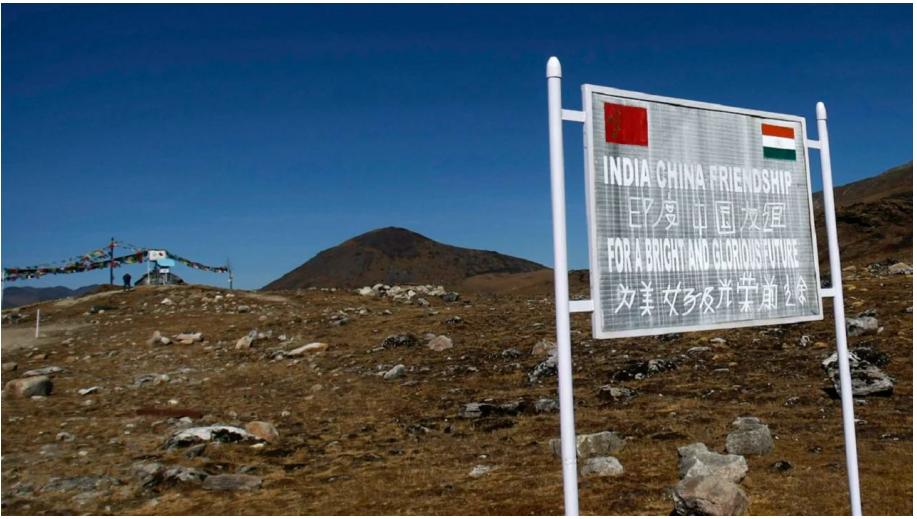India has officially registered a forceful objection with China over its publication of a new map asserting territorial rights over areas belonging to India. This move adds to the ongoing strain between the two major Asian countries.
The protest by India’s capital, New Delhi, comes in response to reports from Indian media outlets that Beijing has unveiled an official “standard map,” on which it declares the Indian state of Arunachal Pradesh and the Aksai Chin plateau as integral parts of its sovereign territory.
China asserts that Arunachal Pradesh, located in the eastern Himalayas, is under its jurisdiction as a segment of southern Tibet. In April, China had released a map renaming 11 locations in Arunachal Pradesh under the term “Zangnan,” referring to southern Tibet in the Chinese context. Meanwhile, the Aksai Chin region, a contested plateau in the western Himalayas, is claimed by India but currently administered by China.
An official spokesperson from India’s foreign ministry stated, “We have conveyed a robust protest to China through diplomatic channels regarding their 2023 ‘standard map’ that wrongfully lays claim to Indian territory. We reject these claims as they are unsubstantiated. Such actions taken by the Chinese government only complicate the process of resolving the boundary issue.”
India’s foreign minister, Subrahmanyam Jaishankar, earlier in the day, dismissed China’s territorial assertions, asserting, “Making baseless claims about India’s territory doesn’t grant it ownership for China.” Jaishankar conveyed this during an interview with news outlet NDTV.
The recent protest from New Delhi comes within days of a conversation between Indian Prime Minister Narendra Modi and China’s President Xi Jinping. The discussion took place on the fringes of the BRICS summit held in Johannesburg last week. During this exchange, Prime Minister Modi expressed concerns about the ongoing tensions along their disputed Himalayan border.
Relations between the two neighbouring nations, both armed with nuclear capabilities, had deteriorated significantly following a violent clash involving soldiers from both sides in the Himalayas in June 2020. This incident resulted in the tragic loss of 20 Indian soldiers and four Chinese troops.
Although relative calm has prevailed along the approximately 3,000-kilometer frontier since then, localized standoffs persist. Tens of thousands of troops from both sides remain stationed in various sectors of the western Himalayas along the border.



